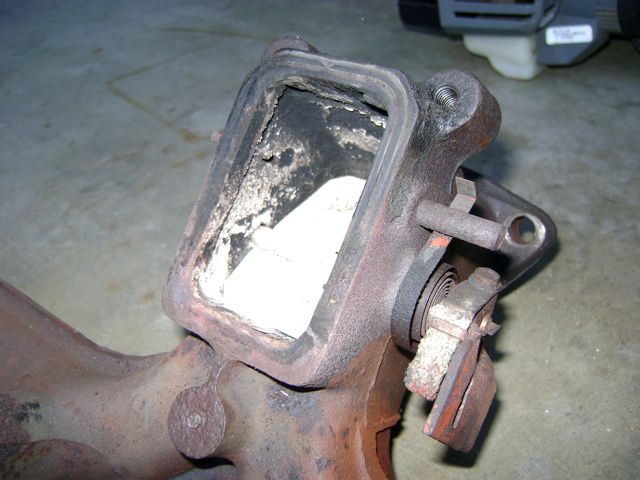Hey everyone,
My 225 slant six is becoming a pain in my A**.... I have the classic heat soak no hot start issue its driving me nuts. I am doing the fuel mod, return vap line, im just missing the heat shield. But that's where my problem is. I cannot find a 1920 holley carb heat shield.
I know people have made one out of aluminium, I'm not that good with fabricating anything of the sort so im really wanting to find one i can buy.
I found this one... http://ezcool.ca/home/shop/ford-1-barrel-shield/
but I don't know if it would fit on the holley,
Does anyone happen to know if it would fit the 1920 or if they know where i can find one that WILL actually fit!
Thanks!!
My 225 slant six is becoming a pain in my A**.... I have the classic heat soak no hot start issue its driving me nuts. I am doing the fuel mod, return vap line, im just missing the heat shield. But that's where my problem is. I cannot find a 1920 holley carb heat shield.
I know people have made one out of aluminium, I'm not that good with fabricating anything of the sort so im really wanting to find one i can buy.
I found this one... http://ezcool.ca/home/shop/ford-1-barrel-shield/
but I don't know if it would fit on the holley,
Does anyone happen to know if it would fit the 1920 or if they know where i can find one that WILL actually fit!
Thanks!!


















